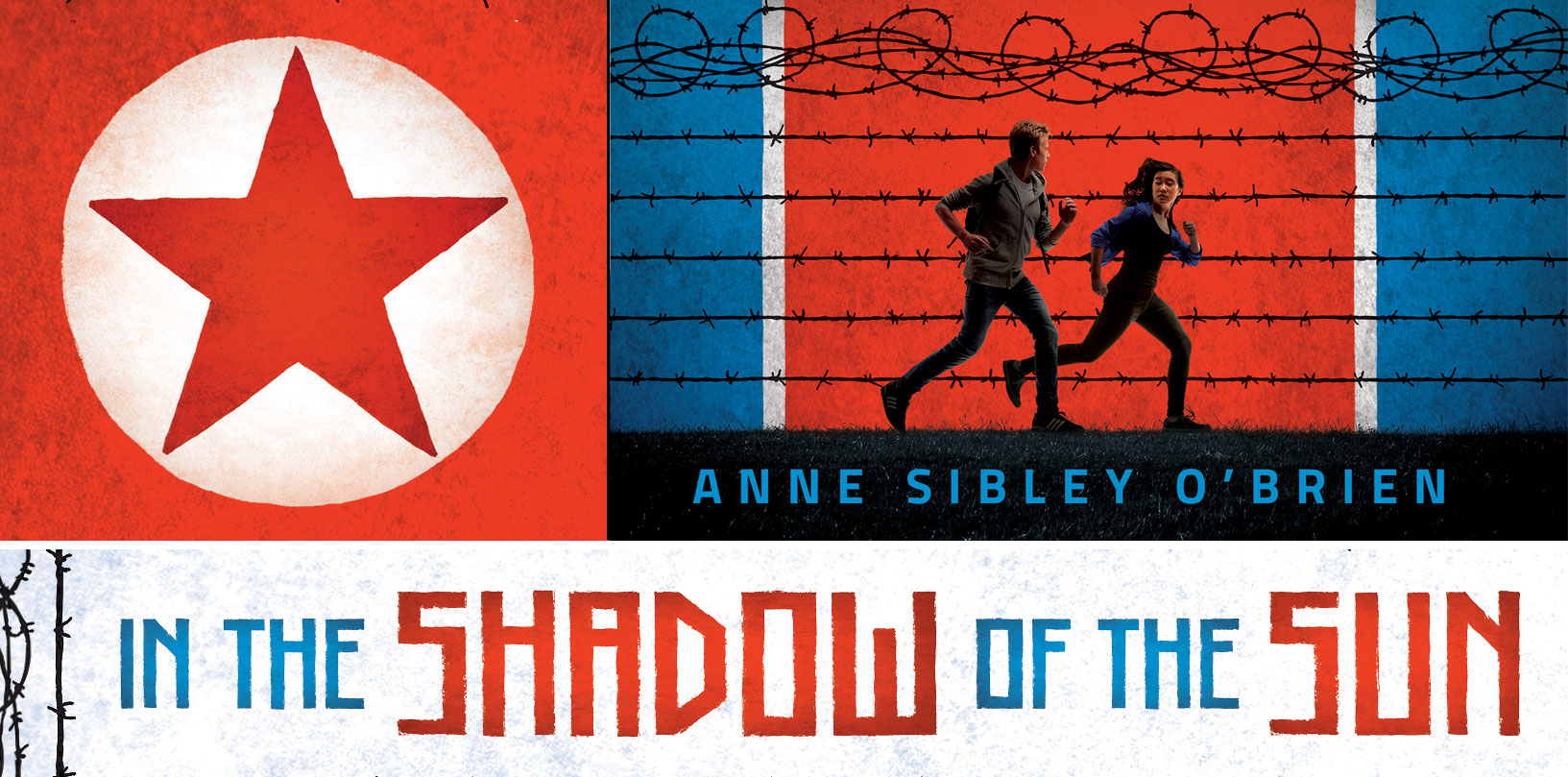From Seoul
At the invitation of my high school, Seoul Foreign School, I’m in South Korea for 11 days. It’s been nine years since I was last here, and once again I’m astonished at the changes in the city that was once familiar to me.Seoul is more urbanized than ever and I’m struck this time by how international it’s become. It’s not just the frequent glimpses of Western chains – Starbucks, Pizza Hut, McDonald’s – but the predominance of Western influences in trendy coffee houses, cosmetic shops and restaurants – chic, upscale, and sophisticated.

In a clean, brightly-lit subway car, the young passengers are in t-shirts and distressed jeans, ballet slipper flats and athletic shoes, tunic tops over leggings, with white cords of Ipods dangling from ears and fingers busily texting on “hand phones.” If not for the all-Korean faces in this crowd, I could be in a U.S. city or in many other urban centers the world over.
Globalization is erasing the particularity of Korea. It makes the sightings of truly Korean details – yellow melons and crisp apples sold off the backs of trucks, street vendor stalls with trays of ricecakes or steaming vats of noodles, walls enclosing tiled-roof homes – all the more precious.
Our children are growing up in a world that is ever more connected. Differences of time, custom and tradition are bypassed with internet hookups and instant messaging. But in a global culture defined by the chatter of media and technology in the common language of commercialization, where is true substance to be found?
Our souls still need the poetry and beauty of ancient, particular ways of living.
Featuring Difference
In April, Margy Burns Knight and I spend six days in Philadelphia-area schools, presenting on the five books she wrote and I illustrated: the two Talking Walls titles; Who Belongs Here: An American Story; Welcoming Babies; and Africa Is Not A Country. As all these books concern the diversity of human experience – in culture, language, race, religion, etc. – Margy and I use every opportunity to address the topic of difference in a positive light.We often begin our talks with information about ourselves as children. Some students in these Philadelphia suburban schools can see themselves in Margy’s story of being raised in nearby Villanova and, by her description, “never going anywhere except school, church, the library and the grocery store.” Her extensive international experience didn’t happen until she was an adult.
Other students can identify with my story of living in the U.S. until age seven, when our family moved to South Korea and I began to learn two languages and two cultures. They or their parents may have been born in another country and moved to the U.S.
In some classes, we open with the slide I use here on my blog, of me celebrating my eighth birthday in Seoul with Korean friends. I start speaking in Korean, telling a little about my childhood experience.

Then, still speaking Korean, I say, “If you can understand what I’m saying, please come to the front of the room.” Seated students watch mystified as a few of their classmates stand and move forward to join me. Sometimes one or several of the students interpret, telling their classmates what I’d said in Korean.
We count from one to five in Korean, then ask for volunteers who can count to five in any language other than English. Proud students stand to demonstrate their skill in Farsi, Chinese, Arabic, French, Spanish, Hindi and many other languages.
Teachers often tell us what a special moment this is for their non-majority, bilingual students, many of whom started out in ESOL classes. For once, their difference puts them in the center rather than on the fringe. For a moment, their bicultural and bilingual upbringing is recognized as something special and valuable.
Read More



